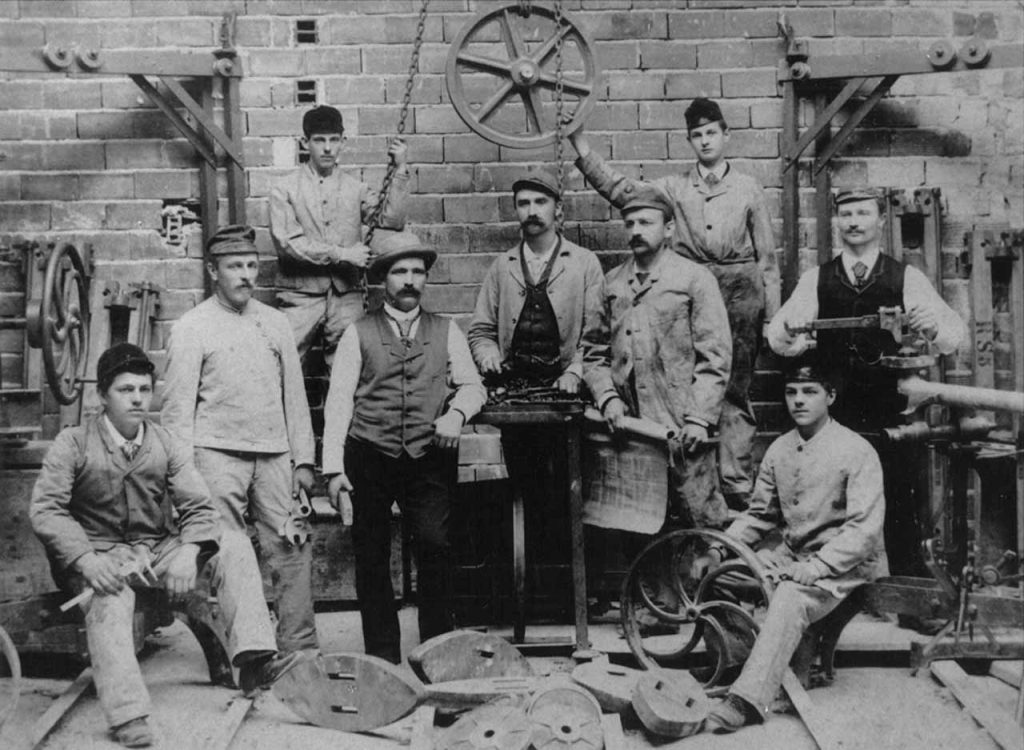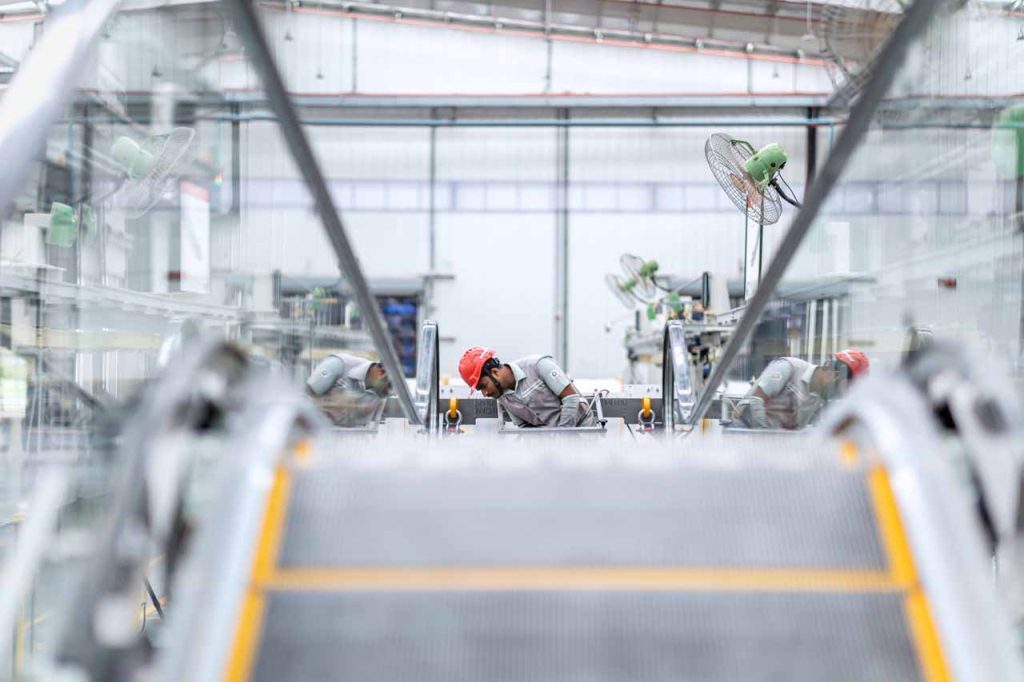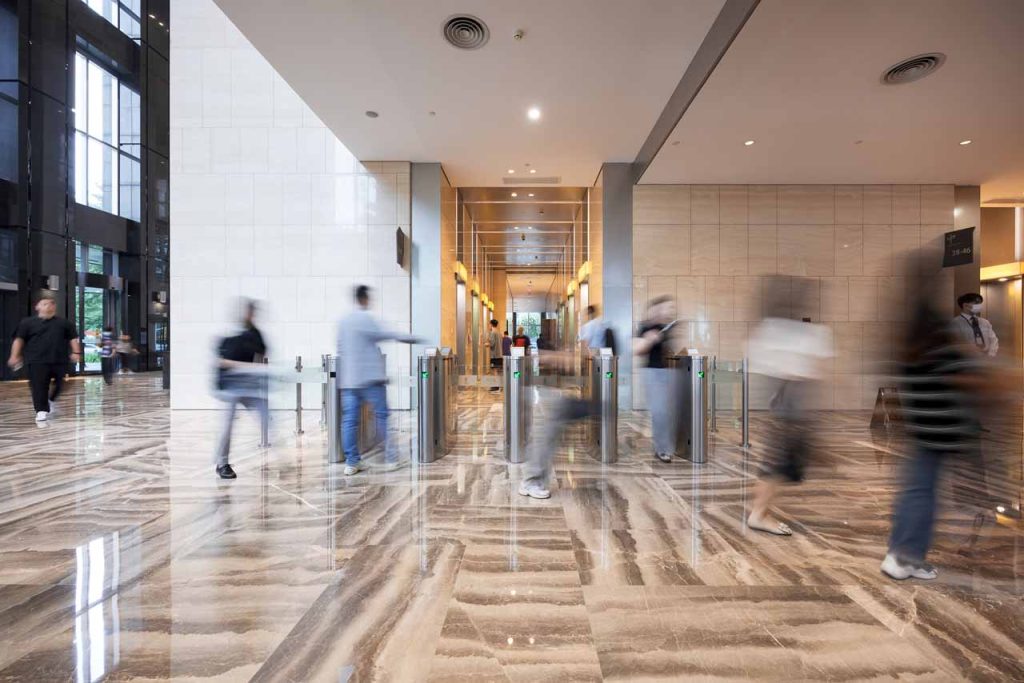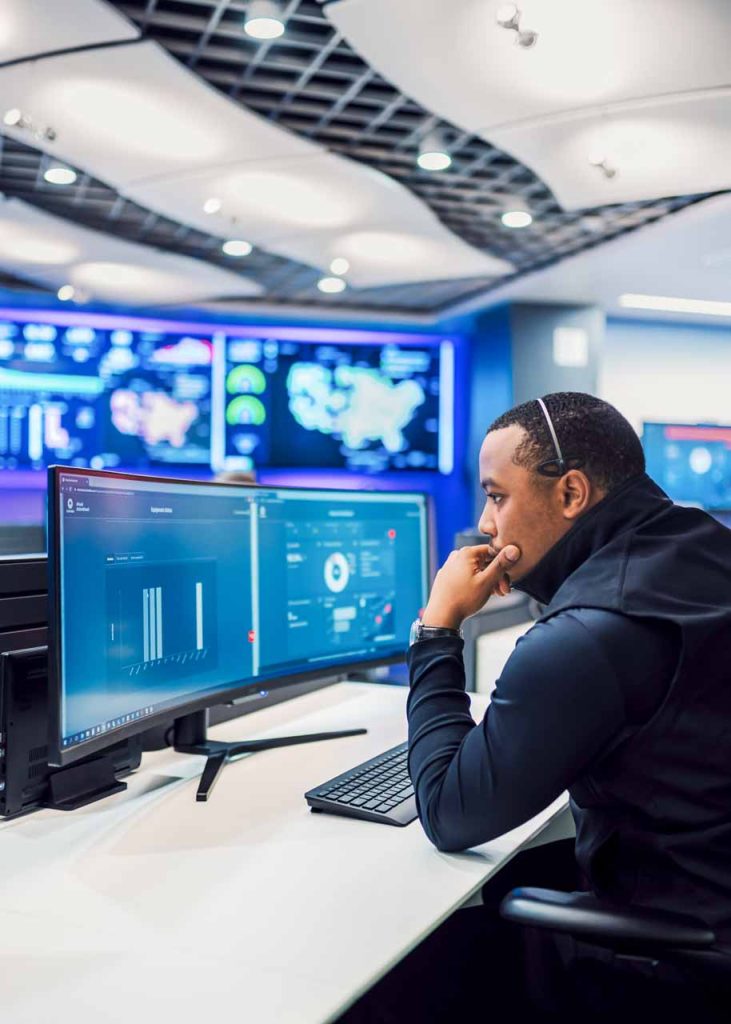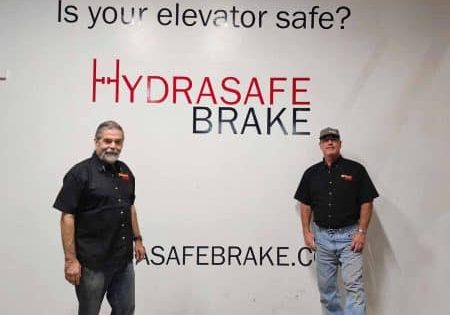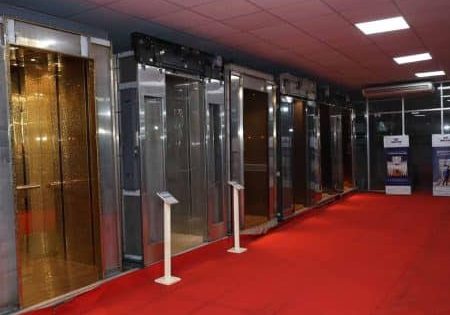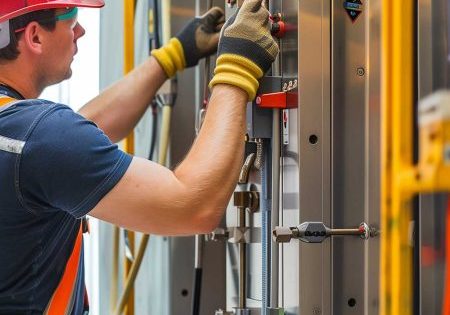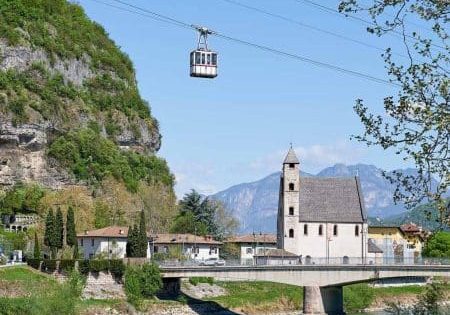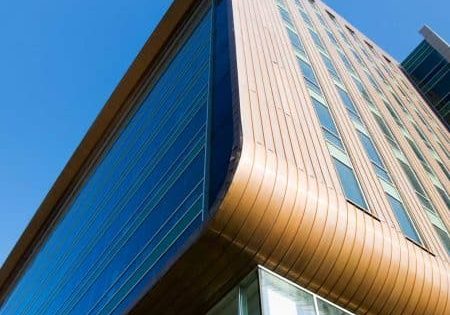Past, Present and Future
Aug 5, 2024
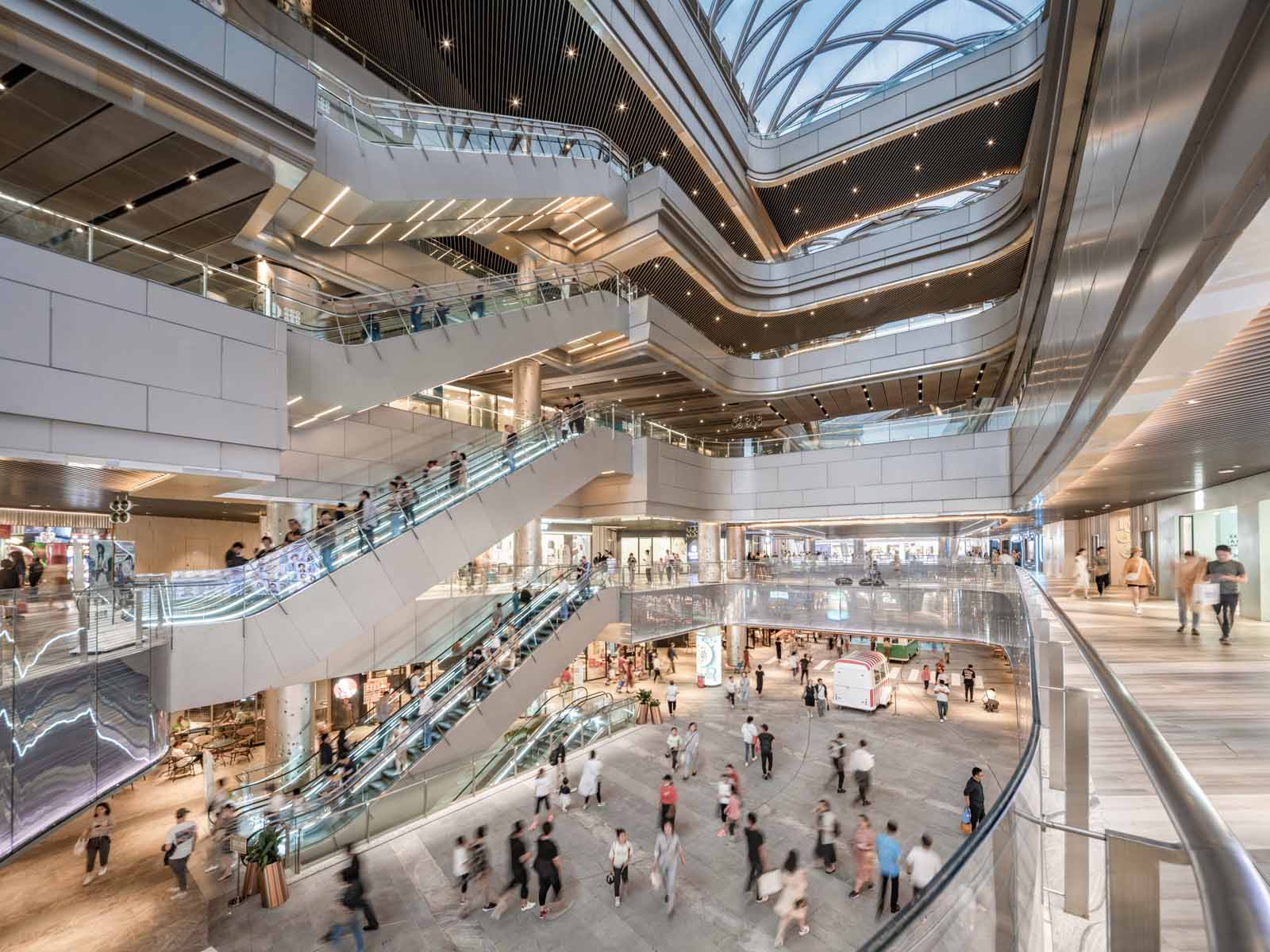
A look at 150 years of Schindler’s history and what comes next.

Schindler is celebrating its 150th anniversary in 2024. Your author (JH) discusses the industry major’s past, present and future with Cordula Jourdan (CJ), Schindler’s head of Global Field Quality and Excellence.
JH: Let’s start with Schindler’s legacy. What do you think has been the key to the company’s success and longevity? Could others emulate it?
CJ: Looking back on our 150-year history, we can see that our focus has always been improving elevator and escalator technologies. Schindler consistently brings innovations to the market to provide customers with the right transportation solutions. In doing so, we maintain a global outlook. At the same time, we started as a family business and are still essentially a family business. The core values haven’t changed throughout this past century and a half: an unreserved commitment to quality and safety, people, integrity and trust and an entrepreneurial spirit. We rely on these; I believe they are our main strength. If someone wants to emulate that, they’d better brace themselves for a long ride.
JH: Speaking of global expansion, the company has made some bold moves throughout the years. Schindler entered the American market in 1979 with the acquisition of Haughton Elevators. In 1980, it established an industrial joint venture with the People’s Republic of China — the first Western company to do so. How pivotal were these two moments in Schindler’s history?
CJ: Those were pivotal, indeed. At this point, Schindler became a truly global company. We have strong roots in Europe, with headquarters in Switzerland. But today, our production sites operate across the globe: Apart from Switzerland, Spain and Slovakia, we also produce in the U.S., Brazil, India, China and Vietnam. This geographic distribution means we can deliver our solutions efficiently anywhere. Gaining a foothold in the U.S. and China laid the foundation for this universality.
Of course, these two are significant markets that comprise a sizeable portion of our business. The U.S. remains the global industrial powerhouse, and China’s dynamic growth since the 1990s has propelled the demand for vertical mobility solutions. But the beauty of Schindler is that we are truly diversified, not limiting ourselves to these two heavyweights but branching out to South America, Southeast Asia and the Pacific while keeping our base in Europe.
JH: Apart from geographical expansion, Schindler has been busy developing new products. Another important moment in Schindler’s history came when German engineer Dr. Joris Schröder created the Miconic 10 Destination Control system. Until then, such a system had been debated and theorized but never implemented. What impact did Schröder’s innovation have on the industry?
CJ: The most significant impact is that an elevator became more than just a box bringing people and cargo from floor A to floor B. Destination control lets us design building traffic flows, contributing to their overall efficiency and sustainability. Schindler PORT, the system that followed Miconic 10, is even more than that, combining destination control with an authorization system. Technologies like that change the role of an elevator — it doesn’t just elevate now; it manages traffic and controls access. The systems we developed in the following years unlocked even more roles for elevators or escalators in a building — they can entertain, inform, provide unparalleled accessibility and serve as a gateway to even more advanced technologies, such as robots. Technologies like Schindler MetaCore also let us take a completely different look at building usage, making it more flexible and sustainable.
JH: Did you know the first building to install the Miconic 10 system was in your hometown at the headquarters of the Hamburg Electric Company in 1990? Did you meet Schröder back then?
CJ: I worked for Schindler in Hamburg then, but unfortunately, I didn’t get to know Dr. Schröder personally. However, I supported introducing the Miconic 10 system for customers.
What surprised me was how quickly and intuitively users adapted to this technology. This quickness was the best testimonial to the fact that we were going in the right direction with Miconic 10. It paved the way for a more energy-efficient and user-efficient way of managing elevators in buildings with multiple installations. Thanks to this innovation, a whole new family of technologies, such as Schindler PORT or Schindler MetaCore, could develop.
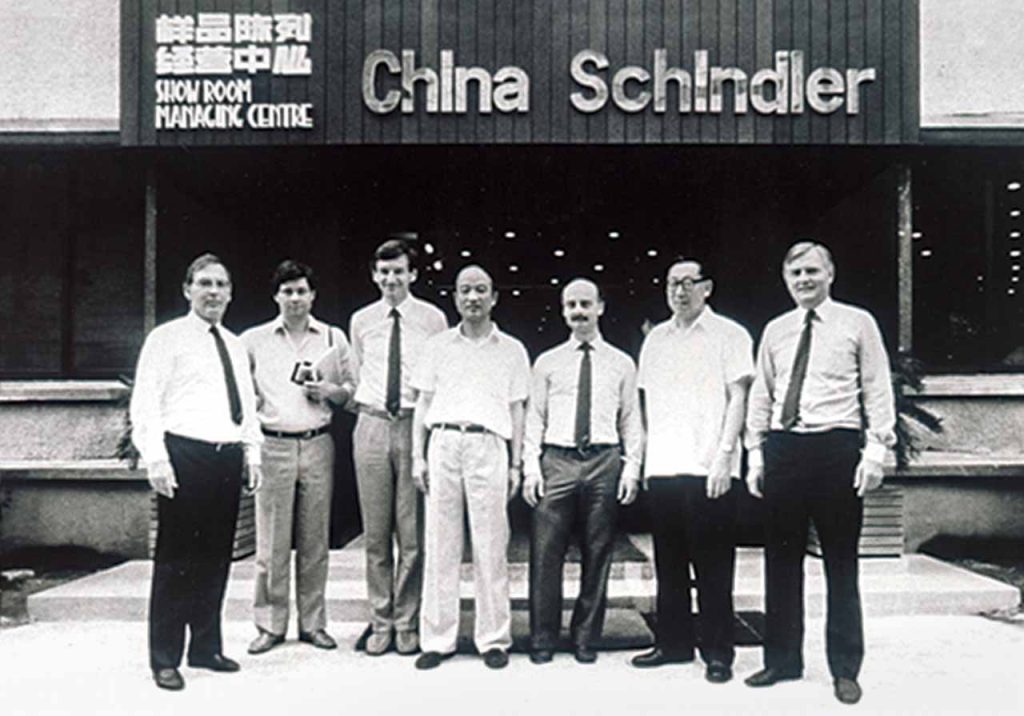
JH: This brings us perfectly to the start of your fantastic career. You started your Schindler career in Hamburg in 1987 as an industrial clerk trainee. Having progressed through several company positions, you are the global head of Field Quality and Excellence. What would you say if you had a time machine and could travel back to 1987 and give yourself advice about the work journey you were about to embark on? And, as a bridge to the present, what advice would you give the younger generation just starting their careers?
CJ: This is a great question; I’ve thought about it many times before. People often ask — what would you do if you could do something differently? The only advice I would give myself is to always be yourself and never try to copy others. The only way to gain trust from others is through authenticity. With that in mind, I would do it all the same again.
This goes hand in hand with my advice to the younger generation: be curious, dare to break new ground and actively ask for opportunities. It’s essential to do your job with joy and passion and bring your best — even if things aren’t going well. Sometimes, loops or perceived regressions in life only make sense in retrospect. They make us grow, but we only realize this later. There are many ways to succeed, and it’s not always about an arrow-like career trajectory — sidesteps and even setbacks also contribute to your growth. It’s much more important to do what makes you happy and know you’re making an impact.
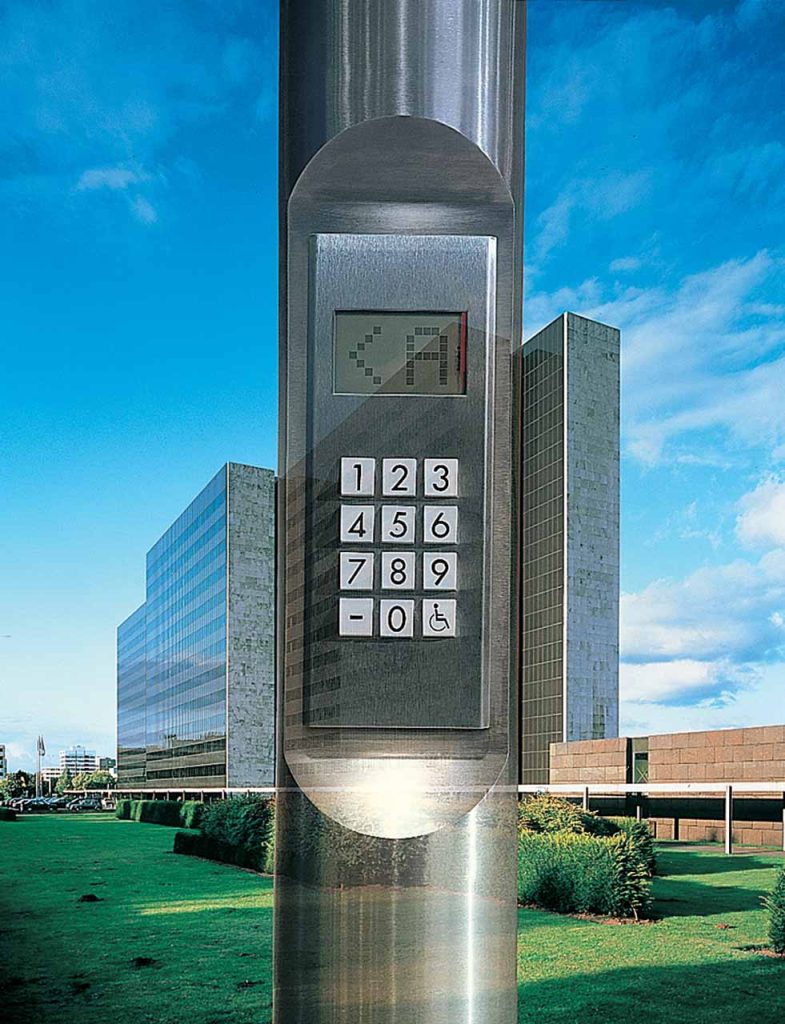
JH: Being a woman in tech is still an uphill battle. Have things changed for women within our industry compared to when you first started? What do you think we could do better to encourage more women to join the industry, especially within the engineering side of the business?
CJ: I do believe that a lot has changed in the past 35 years. It is more natural today to have women in technical professions and management positions than in my early years. But I must admit the industry still puts some women off because they grow up believing technology is not for them. And this comes very early on, starting with school — if you believe that science, technology, engineering and mathematics (STEM) subjects are “for boys,” there is a higher chance you won’t be interested in them.
Changing this mindset will take a lot of time, companies still have a lot to achieve here, but our industry is becoming increasingly attractive for women. Future-oriented changes have created various job profiles with diverse skill set requirements, not just technical knowledge or engineering savvy. This is especially visible in management positions where I want to see more women in our field.
Career trajectories are becoming much more flexible. You don’t have to stay in one field all your life anymore. I, for one, didn’t have any specialized engineering education. I started in controlling. I’d say success in our industry comes with embracing technology, keeping an open mind and knowing what unique value you can add.
Of course, we still must fight that initial bias, that STEM subjects are “for boys.” Companies, especially global ones, have a special role here — changing the image of technical professions and creating conditions where individuals can thrive based on their skills and merits, not their gender.
JH: Let’s go back a bit to the advice on being authentic. I understand this is coming from experience. Could you tell us about your path to realizing the importance of authenticity?
CJ: That’s a great question. When I look back at it, I realize it comes as a result of a certain journey. When I got my first assignment as a branch leader, I was one of two women among more than 40 men taking on operational responsibility. That was new — both for me and my working environment. At first, I tried emulating the work styles of my colleagues, leading in the same manner that they did. I carried on like that until I had a conversation with a colleague in the works council. “Cordula,” he told me, “We like working with you. But we don’t really know who you are.”
That was a wake-up call for me. I realized I didn’t know either — and, it also turned out I didn’t know who I was leading. That’s when I realized I could achieve so much more if I were more authentic and built more trusting relationships within my team. So I started bringing my leadership style closer to what I am. That transformation requires the ability to listen to yourself as much as to others. Other crucial elements of leadership are openness, clarity, trust, transparency and readiness to admit mistakes and ask for help. It has been a long journey, and it continues to this day, as leading people means constantly adapting to new challenges and environments.
An open and diverse culture is a must for a future-proof company.
— Jourdan
JH: When it comes to workplace culture, everyone talks about creating an inclusive workplace where everyone can grow and be seen and heard. How does this help a company achieve its goals?
CJ: This correlation is very strong, and we all must understand and agree on it. A company that only goes for employees of similar backgrounds and mindsets is doomed to fail. It just can’t be successful and innovative; it inevitably loses perspective. The diversity of age, knowledge, cultures and genders means the diversity of perspectives, which, in turn, brings the diversity of ideas. It means a richer pool of solutions we can develop when facing new challenges. An open and diverse culture is a must for a future-proof company.
Another important aspect is learning from mistakes. It may sound trivial, but the importance of this is tremendous. Being able to fail and bounce back is the only way to grow. If we always aim for the perfect score, there is a chance we will never improve. The fear of the next step will paralyze us. And you can only be confident enough to make mistakes if your team accepts it and has your back.
JH: We’ve covered the past and the present. Now let’s talk about the future. According to a report by Scott McEwan of Oxford Economics, the world will have 67 megacities by 2050, a sharp increase compared to today’s 33 by UN’s methodology. The share of the world’s population living in these cities is expected to grow exponentially. What plans does Schindler have to tackle the rapid growth of these megacities?
CJ: The answer to this challenge goes hand in hand with what we’ve just discussed — finding new roles for vertical mobility in buildings. Thanks to digitalization, elevators and escalators help shape modern spaces. It is an exciting, ever-changing journey that began not that long ago, but I think we can already see some clusters of solutions that will let us help these cities grow tall.
First of all, smart maintenance: You can’t expect a human operator to constantly monitor each unit in a megacity with hundreds of thousands of elevators and escalators. And thanks to connectivity, there is no need for it. Connected equipment constantly analyzes its performance and automatically flags issues for maintenance. These systems are much more sensitive than the human eye, ensuring that the smallest deviations are taken care of early on. Connected elevators and escalators are already a reality today — and with developments in machine learning and AI, they will become even more efficient, working together as infrastructural systems.
Another trend is building usage flexibility. You want to be able to accommodate different kinds of spaces in your high-rise: commercial, office, residential and recreational. You want to be able to convert and repurpose these spaces. That means your building’s infrastructure must be flexible to adapt to these changes. We have developed Schindler MetaCore, the technology allowing to use one elevator group for all building applications. It is one of our future-proof solutions that dramatically increases the lifespan of buildings — and I’m sure we’ll find more ways to make vertical transportation (VT) even more adaptable.
The megacities you’re talking about are communities, collectives of individuals first and foremost. These millions of people each have their needs, habits and interests. What if we need to hold an elevator door open for someone slightly longer? Can we save our tenants’ preferences and offer them rides to their favorite destinations without them needing to press any buttons? Can we show them useful information inside the car, turning a ride into an entertaining or educational experience? These questions show how customization and personalization are becoming another increasingly important aspect of urban life. Even today, we offer multiple solutions to make vertical mobility more personal, we’re working on new functions and aspects, and this personal experience will become even more all-embracing.
Our purpose is to enhance the quality of life in urban environments. So, this is the contribution we want to make to these megacities: interconnected, flexible, user-friendly elevators, escalators and moving walks.
Connected elevators and escalators are already a reality today — and with developments in machine learning and AI, they will become even more efficient, working together as infrastructural systems.
— Jourdan
JH: What would founder Robert Schindler think of the company today?
CJ: It’s not easy to guess — but I think he would be very pleased that the business he started is now one of the global leaders, present on all continents, moving 2 billion people daily. It’s also important to remember that he went into the business when elevators were still pretty much a novelty, so I imagine he was quite entrepreneurial. I hope we are living up to that standard, not afraid to experiment and try new things. And, finally, we are still, after these 150 years, a family company true to its core values that have stayed constant. It means Robert Schindler laid a solid foundation — and I imagine he would be proud of what generations after him managed to build on it.
JH: Where do you see Schindler in another 150 years’ time?
CJ: Technical progress tends to put even the most audacious imagination to shame, so it’s hard to guess what this distant future will look like. Innovators like Robert Schindler develop new ideas and make them the reality of our life with ever-increasing speed. What can it be — space elevators? People routinely traveling down to the ocean floor or earth’s deep? Or some quantum leap in technology we can’t even begin imagining today? Will cities as we know them still be a thing in 150 years? I don’t know. No one knows.
What I do know, though, is that we are surrounded by the great, great-grandparents of children who will be born in 2174. The best we can do for them today is make sure we offer them sustainable, accessible, high-class vertical mobility.
Get more of Elevator World. Sign up for our free e-newsletter.
